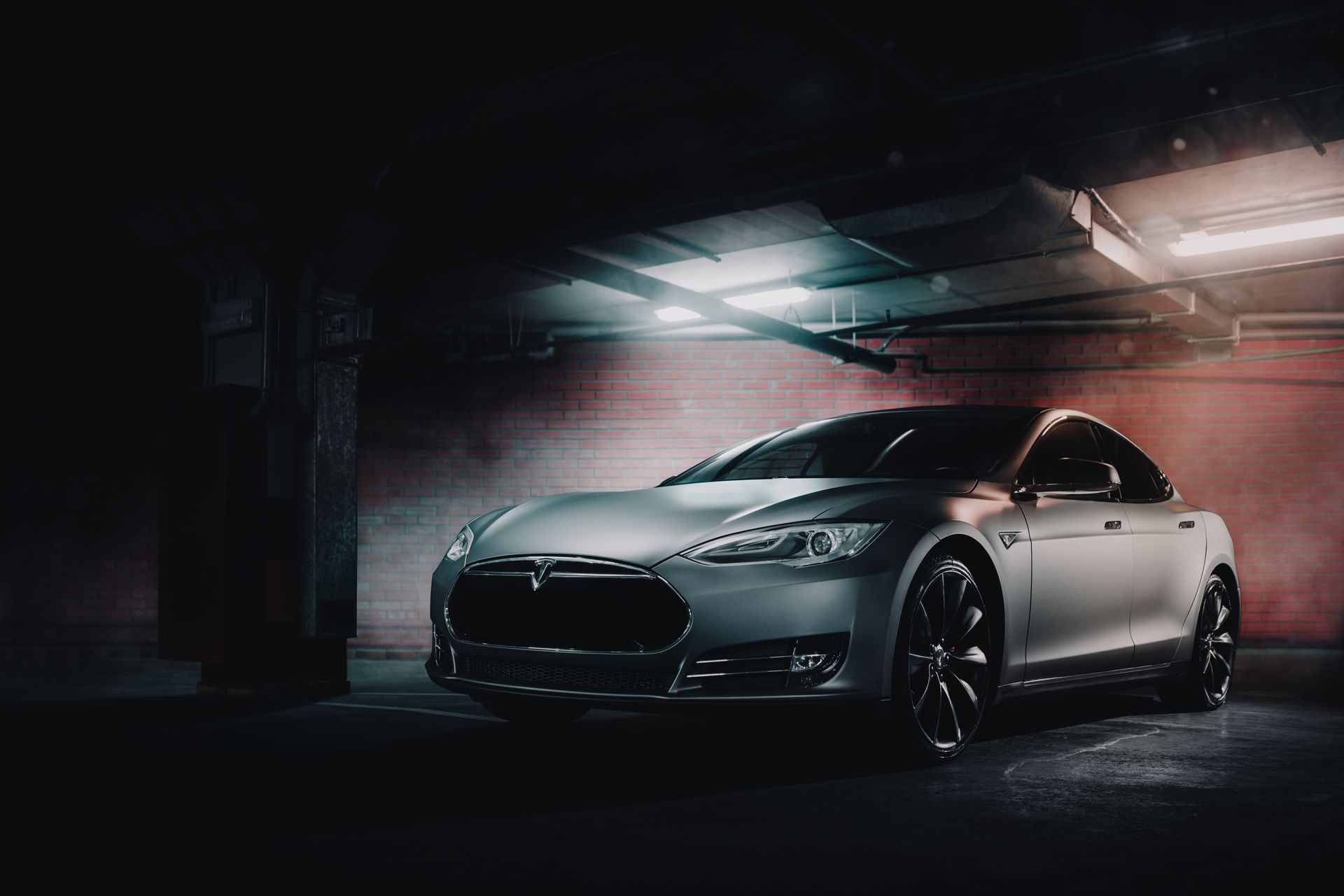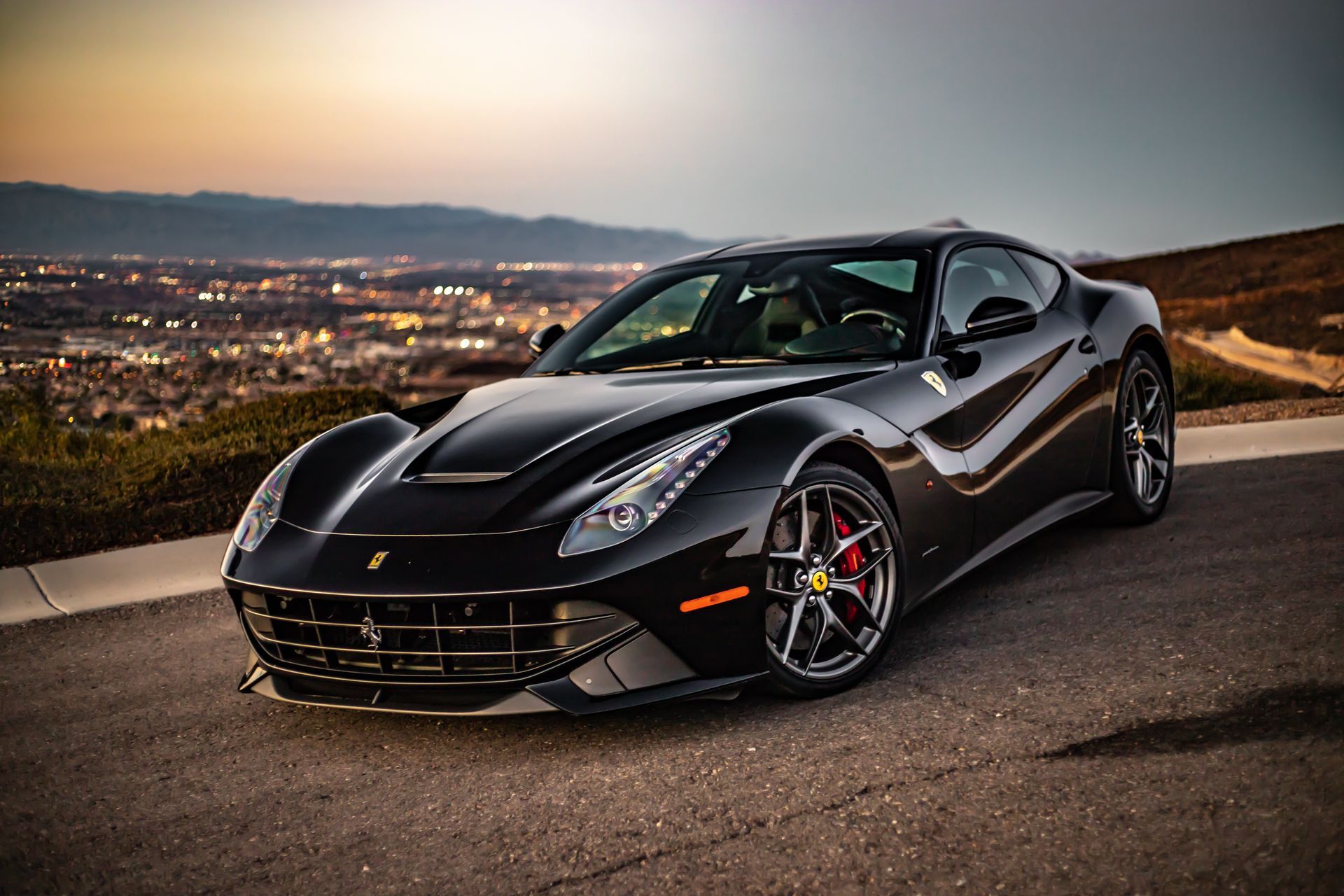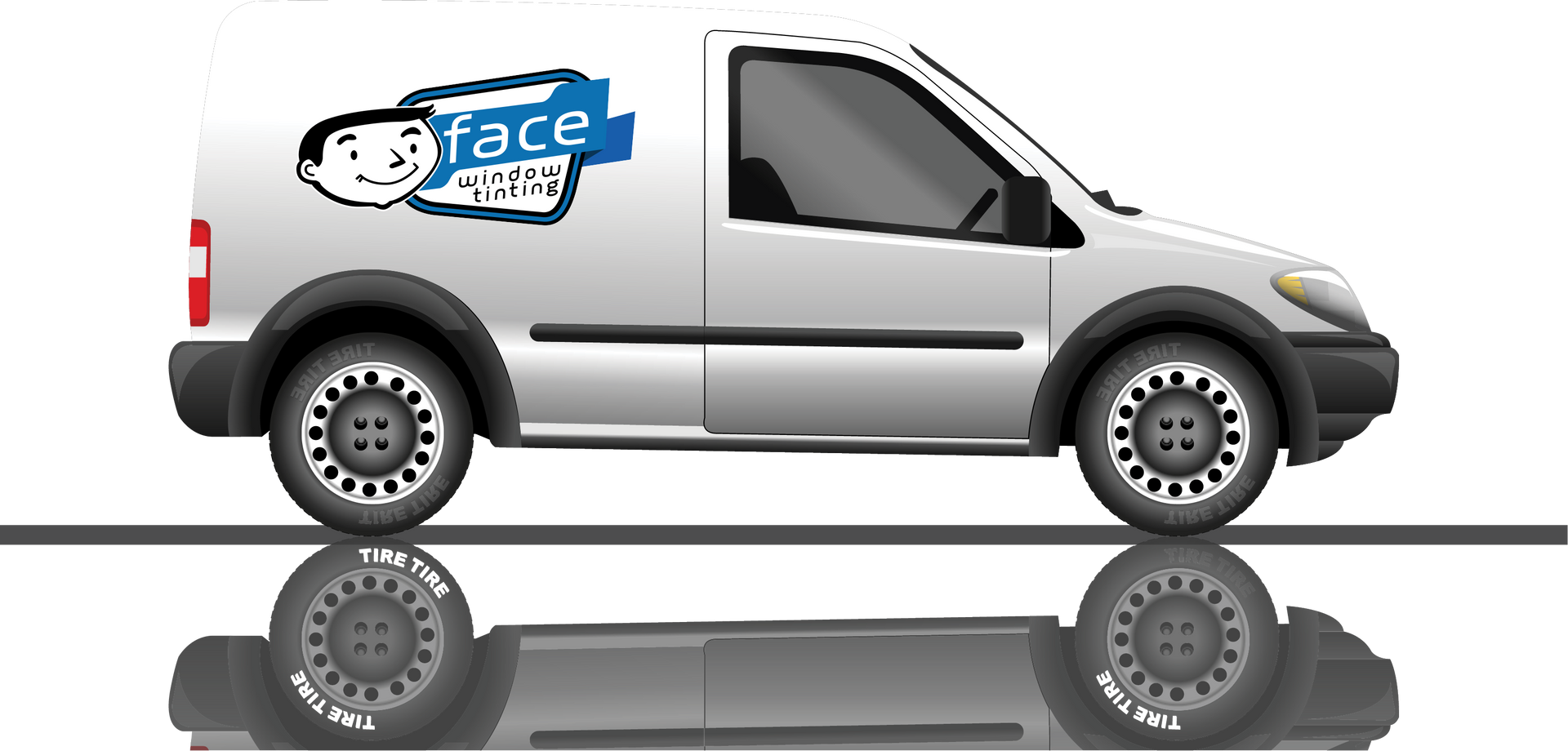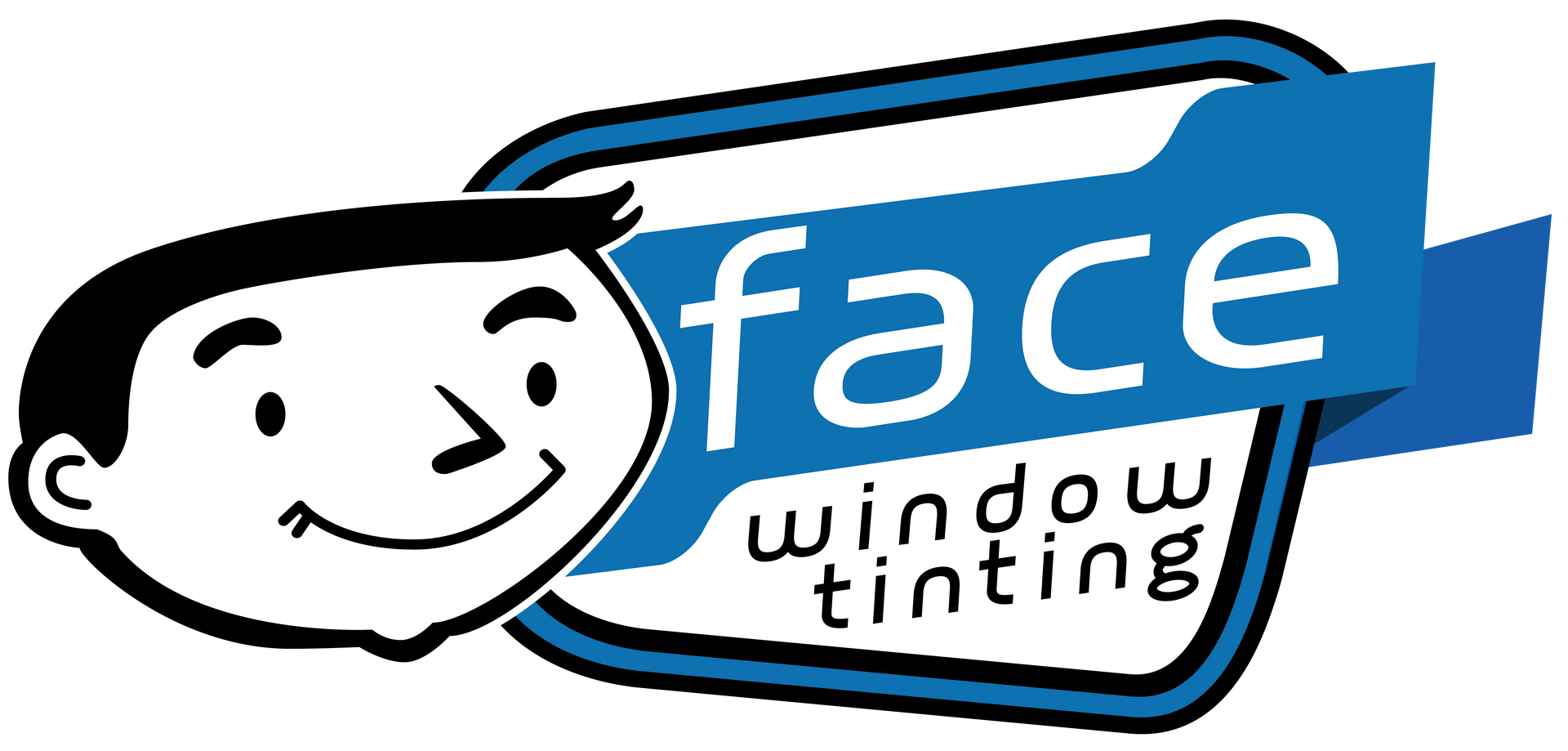AUTOMOTIVE
WINDOW TINTING
Enhance Your Ride With Our Selection of Quality Automotive Window Films
PROTECT YOUR FACE
Enjoy the Benefits of Our Automotive Window Films
Protection
Protects your passengers and interior from harmful UV Rays, heat and light.
Privacy
Provides privacy for your belongings and passengers.
Heat Reduction
Keeps you cool and comfortable by blocking heat and glare.
Improved Aesthetics
The perfect selection of shades to enhance the overall aesthetics of your glass.
Choose the Right Film
For Your Vehicle
Enhance the look and performance of your vehicle with our automotive window film. Our high-quality film blocks harmful UV rays, reduces glare, and provides added privacy without compromising visibility.
01
Ceramic i3
Premium Multi-Layer Ceramic Film

Autobahn Ceramic i3 Window Film is a premium product that offers the highest level of protection and performance. With its advanced multi-layer ceramic construction, this film provides exceptional heat rejection, UV protection, and glare reduction. Additionally, the thick deep dye construction means that it is incredibly durable and won’t fade or discolor over time.
02
Black Ceramic
Single Layer Ceramic with Superior Heat Rejection
Black Ceramic Window Film is a premium, single-layer ceramic product that offers exceptional performance and style. This film is designed to provide superior heat rejection, UV protection, and glare reduction, all while maintaining a sleek and stylish appearance. With its advanced technology, the Black Ceramic Window Film is the perfect choice for those who demand the best in both performance and style.

03
Air Ceramic
Clear Ceramic with Performance and Clarity

Air Ceramic Window Film is an advanced clear ceramic window film that offers the ultimate in performance and clarity. This premium film is engineered with innovative ceramic materials that provide exceptional heat rejection, and UV protection, all while maintaining crystal-clear visibility through your car’s windows. With its clear, non-reflective appearance, Air Ceramic is perfect for those who want the benefits of premium window film without altering the appearance of their vehicle.
04
Black
Affordable and Reliable Window Film
Autobahn Black is an entry-level window film that provides reliable protection and performance at an affordable price. In addition, this film is designed to offer privacy, UV protection, and glare reduction, making your car’s interior more comfortable and your driving experience safer. Autobahn Black is an excellent choice for those who want the benefits of window film without breaking the bank.

Common Questions
See some common questions and answers below, or call us at 310-542-7788
-
Do I need to clean my car prior to my appointment?
Our installers will fully prep the windows on your vehicle prior to installing the film. That being said, a clean surrounding surface minimizes the risk of dust or debris getting trapped between the film and the glass. Cleaning your vehicle beforehand can help the installer achieve the best possible results.
-
How do I maintain and clean my tinted windows to ensure they last longer?
To maintain tinted windows, use a gentle, ammonia-free window cleaner and a soft, microfiber cloth for cleaning. Avoid abrasive materials and ammonia-based cleaners, as they can damage the film. Be patient with newly installed tint; it may take a few days to fully cure. During this time, avoid rolling down the windows or cleaning them to ensure the adhesive sets properly.
-
Can I tint my windows if they already have factory tinting?
Yes, you can add aftermarket window tinting to windows that already have factory tinting. We will help you choose an appropriate film to achieve your desired level of darkness, taking into account your factory tint.
-
What is window tinting and why should I consider it?
Automotive window tinting involves applying a thin film to your vehicle's windows to reduce the amount of visible light, heat, and UV rays that penetrate the interior. It offers several benefits, including improved privacy, reduced glare, enhanced aesthetics, and protection against UV radiation, which can help prevent interior fading and skin damage.
-
How long does it take to install window film?
The time required for window tint installation depends on the vehicle and coverage. Typically a full vehicle application takes 3-4 hours.
-
Is window tinting legal, and are there regulations I should be aware of?
Yes, window tinting is subject to legal regulations that vary by location. These regulations typically specify the allowable levels of visible light transmission (VLT) for different windows (front, rear, and side). Here are the California legal limits.
Windshield: Non-reflective tint was allowed on the top 4 inches of the windshield.
Front Side Windows: Non-reflective tint was allowed on these windows, but it must allow more than 70% of light in.
Back Windows: There are no specific darkness limits for the rear window.
Protection You Can Trust
With a Lifetime Warranty
Experience the tranquility of knowing your vehicle is safeguarded with Autobahn window films. Autobahn films undergo rigorous testing to guarantee they exceed the highest standards of quality and durability, giving your vehicle unparalleled protection.
Happy Clients

“Great person. Great service. Describes the process he will be doing on your car and how long it will take to finish. Highly recommend”
DeAdrian W.

“Jesse is a professional artisan whose work reflects his pride of ownership and attention to detail. The attention to detail was noteworthy as the 25+ year old windows looked like new prior to his installing the new ceramic film. I can't be more positive about the interaction and finished product. My only regret is having waited so long to do it. ”
Mark S.

"Excellent. reliable. clean and perfectionist. Really happy with Face window tinting.
5+ stars."
Renee S.

We Come to YOU!
No need to travel across town, our mobile team comes to you. We will tint your car, home or building on-site and provide complimentary estimates for our services.
